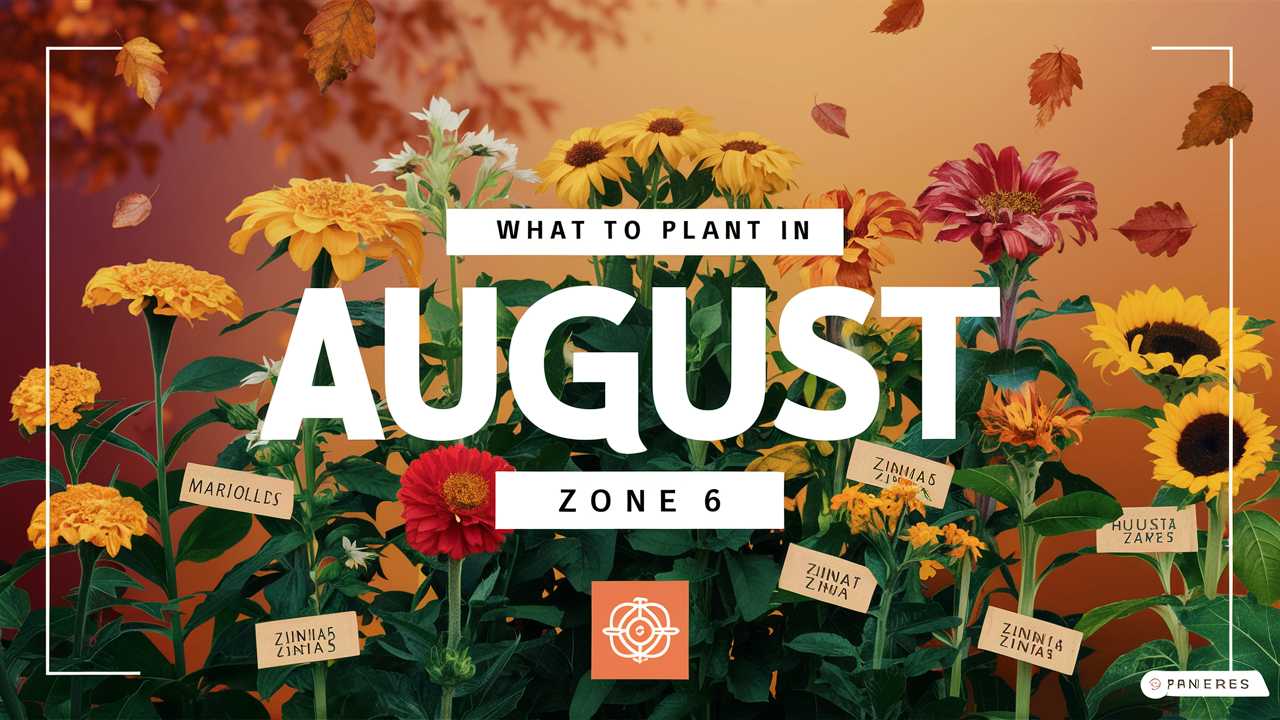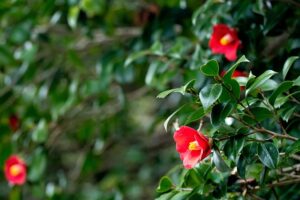In this comprehensive guide, we’ll explore the best plants to put in the ground during August in Zone 6, highlighting their temperature tolerances, planting dates, and care needs.
Vegetables To Plant
August is an ideal time for sowing a second batch of crops, especially cool-season vegetables that can mature before the frost hits. Here are ten vegetables you can successfully plant in Zone 6 during this month.
Kale
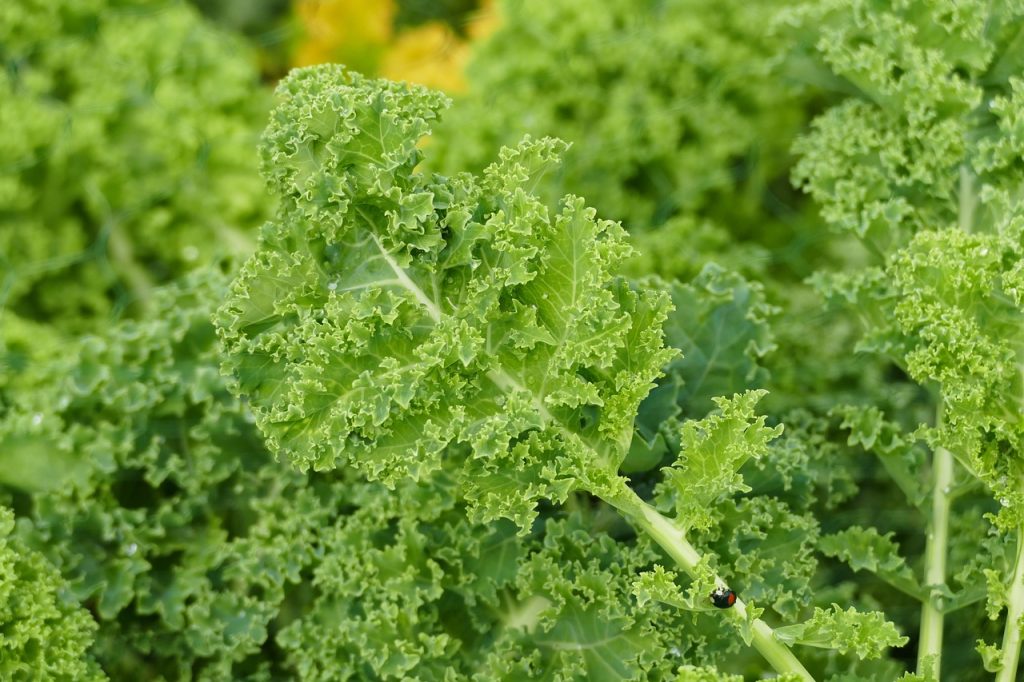
Kale is a robust, leafy green packed with nutrients and can withstand cooler temperatures. In Zone 6, it can be planted until mid-August for a fall harvest. Ideal soil temperatures for planting kale range from 60°F to 70°F, and it’s tolerant to frost, making it a favorite among fall gardeners.
Spinach
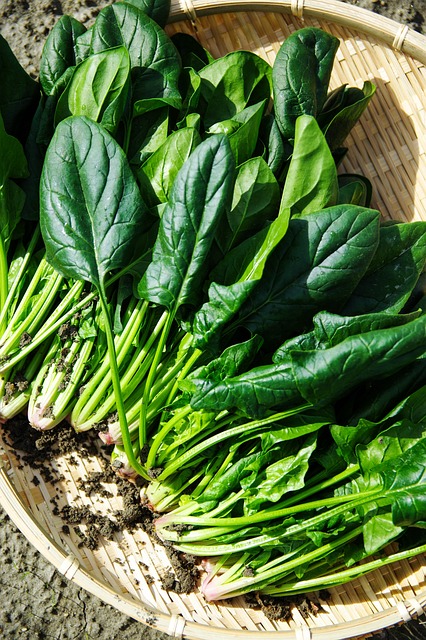
Spinach is another cool-weather favorite that can be sown in early August, aiming for a fall harvest. Plant seeds about ½ inch deep in well-drained soil. Spinach thrives in temperatures ranging from 50°F to 60°F, and because it matures quickly, you can expect to harvest spinach about 40 to 45 days after sowing.
Beets
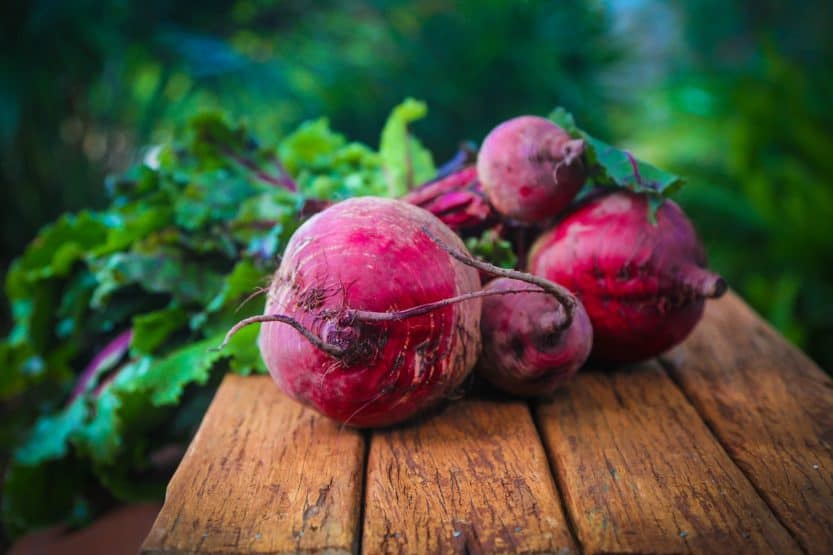
Beets are another vegetable that thrives in cooler weather. They can be planted until late August in Zone 6, and they prefer soil temperatures around 50°F to 85°F. Be sure to give them about an inch of water each week, and you can enjoy both the leafy greens and the delicious root.
Carrots
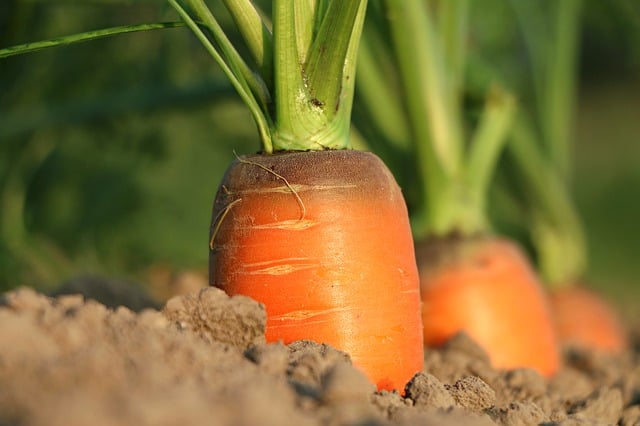
Carrots can be sown in early to mid-August, making them an excellent choice for late-season planting. With a cool weather preference, these root vegetables thrive in soil temperatures between 55°F and 75°F. Consider covering the soil with mulch to retain moisture and promote even germination.
Radishes
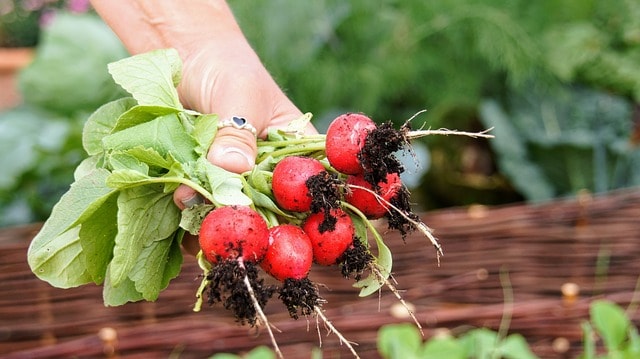
Radishes are one of the fastest-growing vegetables, making them perfect for August planting. They can be sown throughout the month and will mature in just 25 to 30 days. Radishes prefer cooler temperatures of about 50°F to 70°F, making them ideal for autumn harvest.
Lettuce
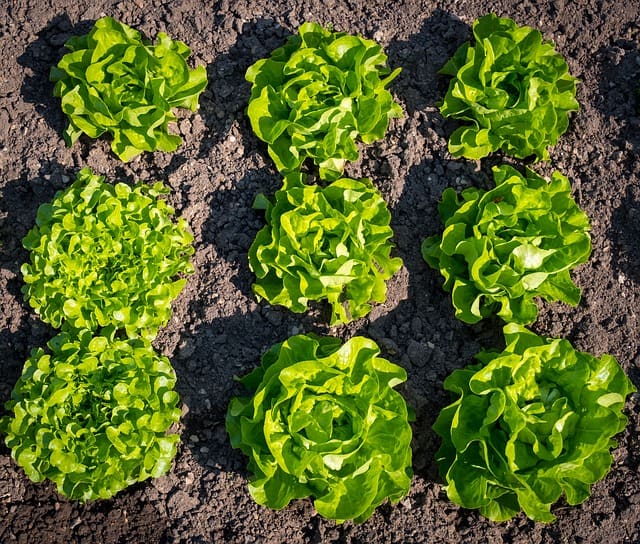
Lettuce varieties are well-suited for late summer planting. You can plant them from early to late August, ideally in cooler soil temperatures that range from 60°F to 70°F. Keep the seedlings well-watered but not soggy to prevent diseases, and you can enjoy fresh salads until the first frost.
Swiss Chard
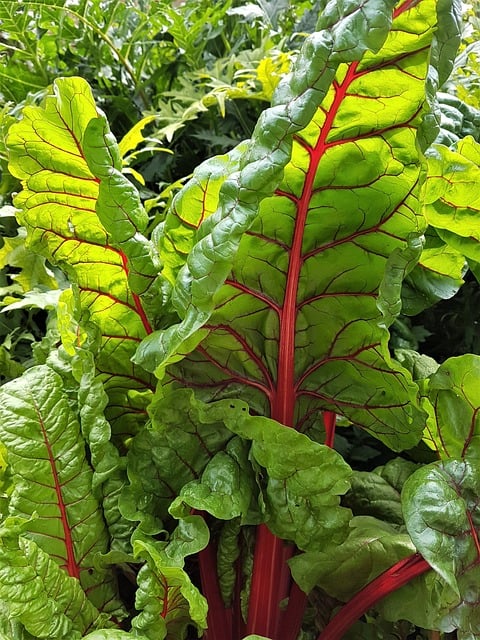
Swiss chard is a leafy green that pairs well with the fall gardens. In Zone 6, you can plant Swiss chard until mid-August. It thrives at temperatures range between 60°F and 75°F, and it’s also tolerant of frost, allowing for a prolonged harvest season into late fall.
Peas
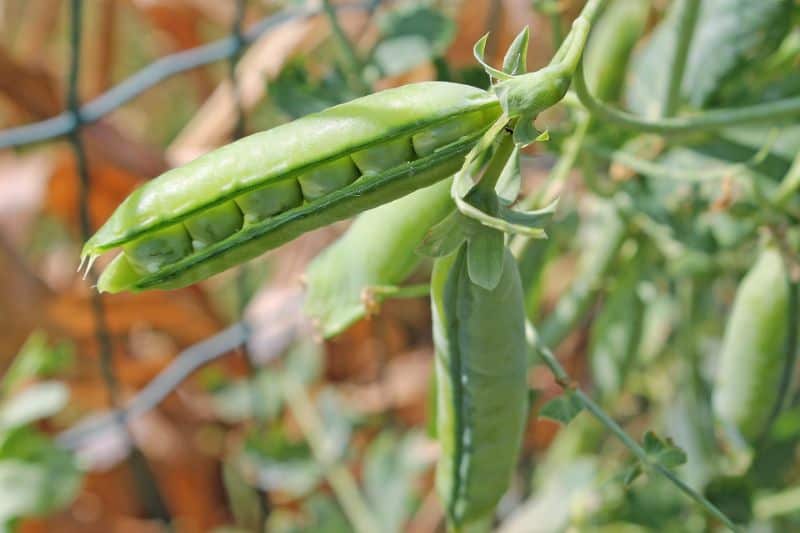
August is still an excellent time to plant fall peas, particularly sugar snap and snow peas. Seeds can be planted up until mid-August, and they enjoy cooler temperatures of about 50°F to 70°F. You can expect a quick harvest within 60 days, so plant these earlier in the month to enjoy fresh peas by early fall.
Turnips
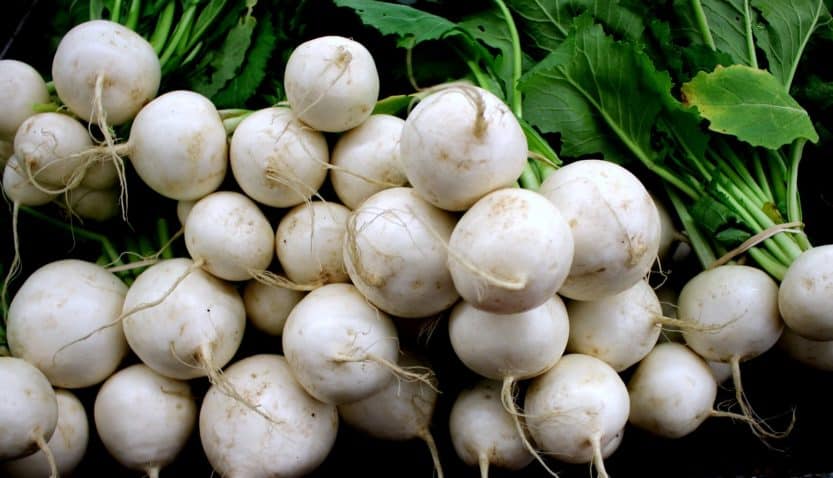
Turnips can be sown throughout August in Zone 6. They prefer the cooler temperatures of 50°F to 70°F and can be harvested just 30 to 60 days after planting. Both the roots and greens are edible, making them a versatile choice for fall meals.
Broccoli
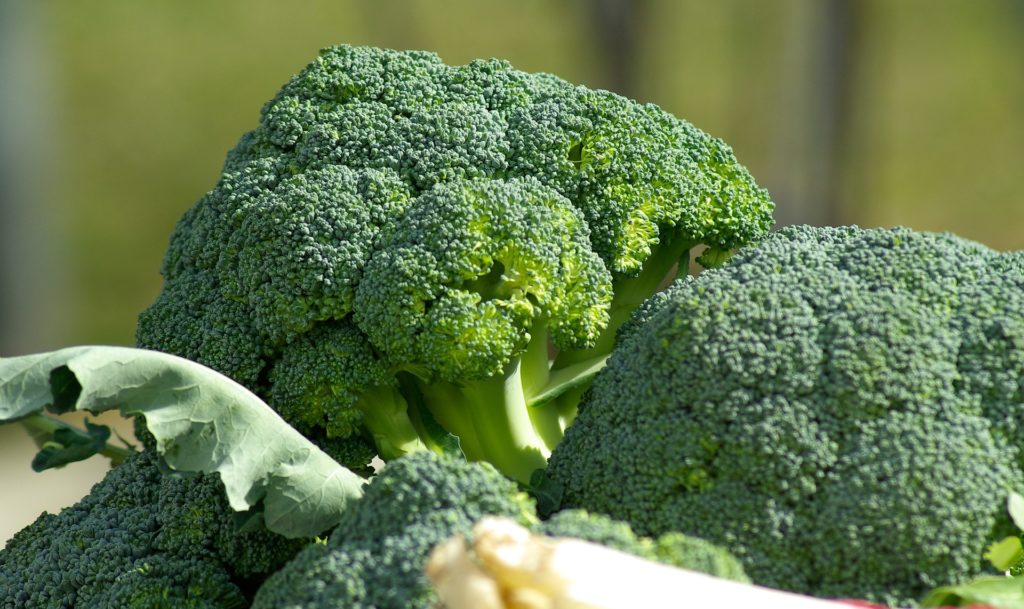
Broccoli can be planted in late July through early August for a fall harvest in Zone 6. The seeds should be sown in soil temperatures around 65°F to 75°F. With a harvest time of approximately 70 to 100 days, make sure to plant early enough to ensure a full head by the end of the season.
Flowers To Plant
August is also a great time to plant a variety of flowers that can bloom into late fall, ensuring that your garden remains vibrant well into autumn. Below are ten flowers suitable for planting in Zone 6 this August.
Asters
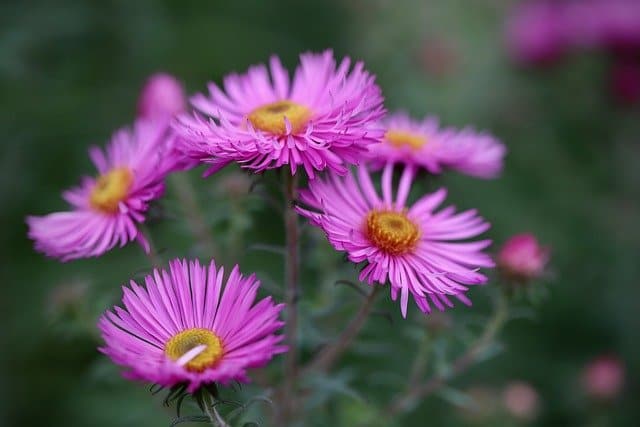
Asters are hardy perennial flowers that bloom in late summer to fall, making them a delightful addition to your garden. They thrive in full sun and well-drained soil. Planting in August allows for a beautiful display later in the season, attracting butterflies with their vibrant colors.
Chrysanthemums

Chrysanthemums, or mums, can be planted in August for stunning fall blooms. These flowers thrive in full sun and well-drained soil. They prefer temperatures between 60°F and 70°F, which makes August an ideal planting time to enjoy their colorful display before frost.
Pansies
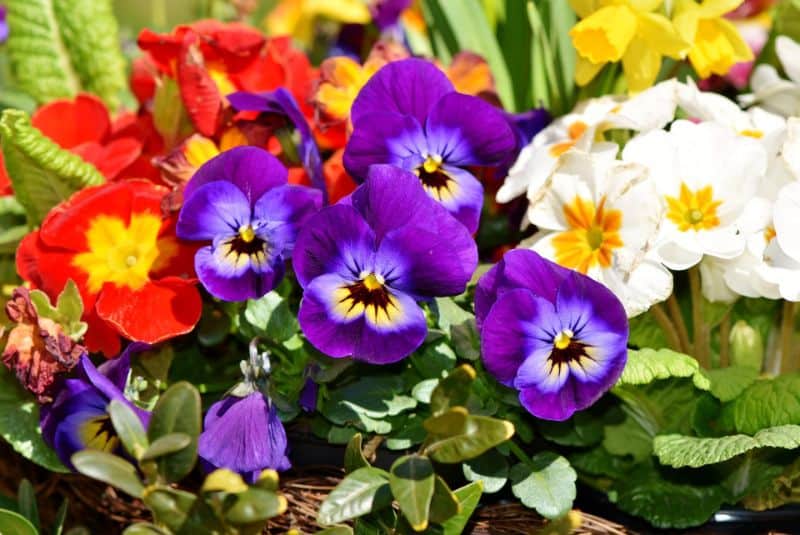
Pansies are impressive cool-season flowers that you can plant in August for autumn color. These resilient annuals can handle light frosts and thrive in temperatures ranging from 45°F to 70°F. They prefer partial to full sunlight and will bloom well into the cooler months.
Nasturtiums
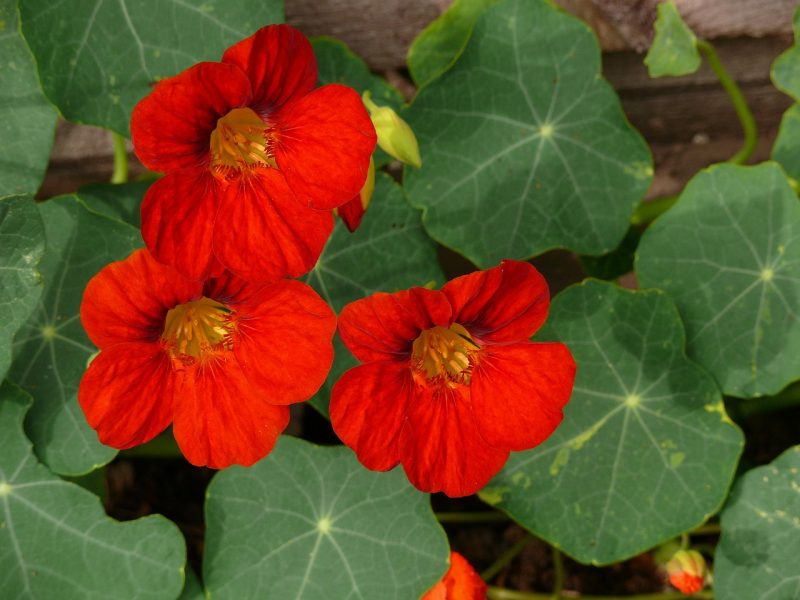
With a peppery flavor and vibrant flowers, nasturtiums can be planted in mid to late August. They thrive in sunny spots and well-drained soil. This easy-to-grow annual can withstand cooler temperatures, flowering into fall, and even providing lush foliage until the first frost.
Bellflower
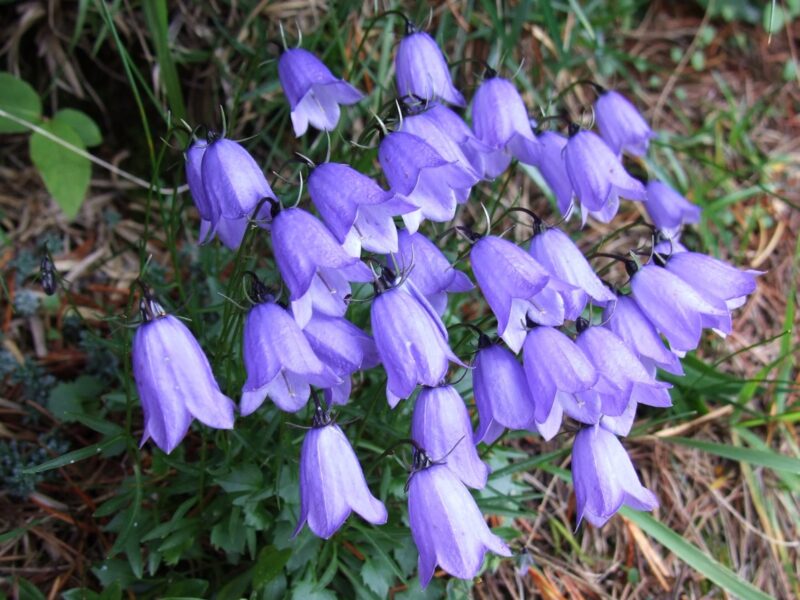
Planting bellflower in August allows you to enjoy its charming blue and purple blooms in late summer into fall. This perennial prefers moist, well-drained soil and full sun to partial shade. Bellflower is hardy, tolerating temperatures down to zone 6.
Pinks (Dianthus)
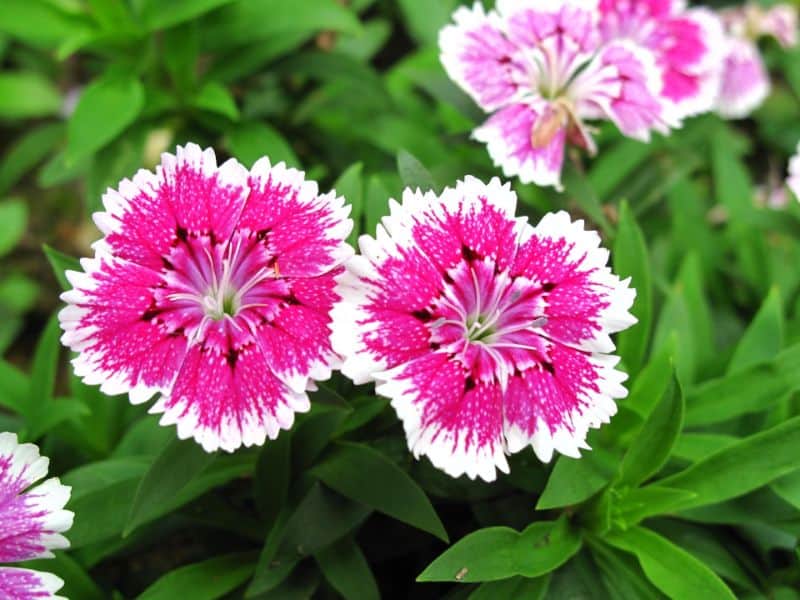
Dianthus, commonly known as pinks, can be planted in August for vibrant blooms that last into the fall months. These perennials thrive in full sun and well-drained soils, preferring a temperature range of 60°F to 70°F. They are drought-tolerant once established, making them easy to care for.
Black-Eyed Susan
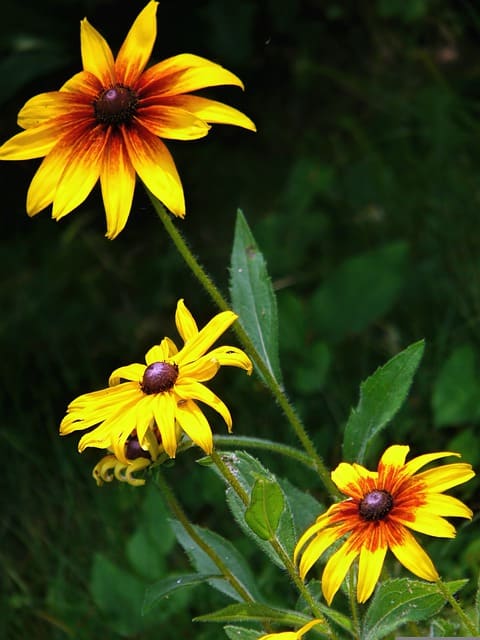
Rudbeckia, known commonly as black-eyed Susan, can be planted in August for late blooms. They thrive in well-drained soil and full sun, requiring little maintenance. Tolerant of a range of temperatures, these flowers will continue to attract pollinators even as autumn approaches.
Calendula
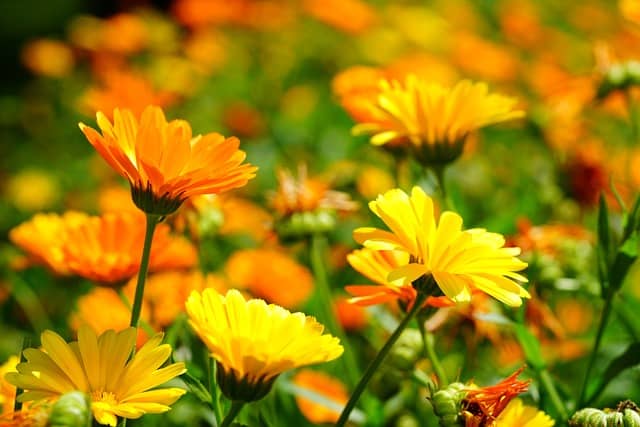
Calendula, or pot marigold, can be planted again in August for a continuous display of cheerful blooms. This annual thrives in full sun and tolerates cooler temperatures, making it suitable for our zone. Harvest the blooms for culinary uses or enjoy their beauty in your garden.
Ornamental Kale
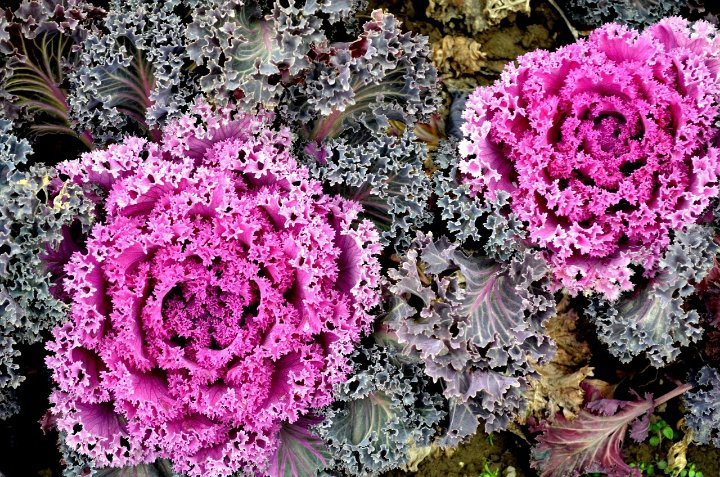
Ornamental kale adds both color and texture to the late summer and fall garden. Plant it in August, and it will showcase its vibrant foliage well into the colder months. This versatile plant thrives in cooler weather and can be used as an edible and ornamental feature in your landscaping.
Foxglove
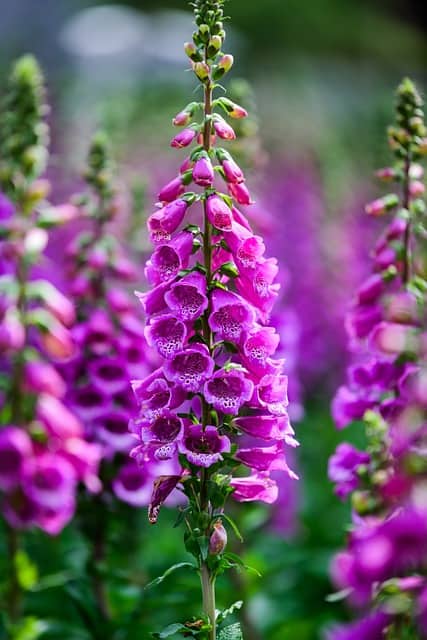
Foxglove is a biennial that can be started in August for blooms the following year. While it’s a bit of a wait, once established, it produces striking spikes of flowers in various colors. Foxglove thrives in well-drained soil and partial shade to full sun, flourishing in the cooler months that follow.
Herbs To Plant
Herbs are wonderfully resilient plants that can thrive in late summer, providing both culinary flavor and aromatic scents to your garden. Here are ten herbs that can be planted in August in Zone 6.
Basil
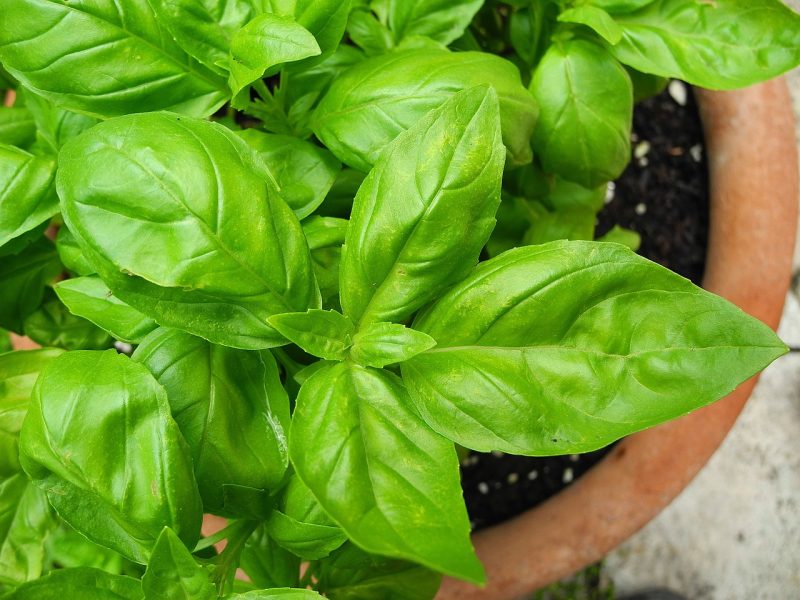
Basil loves warmer temperatures and can still be planted in early August, especially in a sunny spot sheltered from strong winds. With a preference for soil temperatures of 70°F to 80°F, this herb establishes quickly, providing flavorful leaves for culinary dishes before the frost arrives.
Cilantro
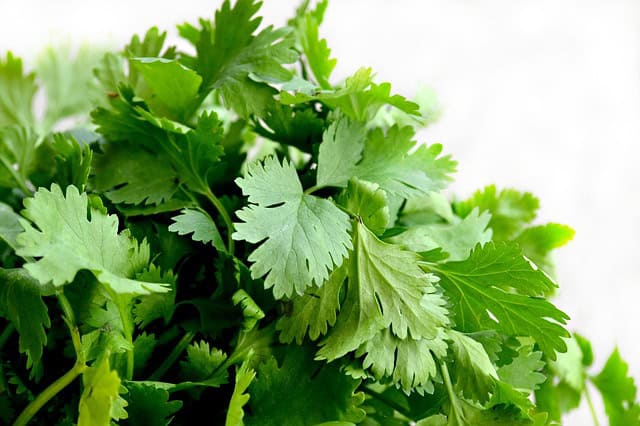
Cilantro, or coriander, is a cool-weather herb that can be sown in August. It prefers cooler temperatures, thriving in the 50°F to 70°F range. Plant throughout the month for a bountiful harvest of leaves and seeds, which will both add flavor to your dishes.
Parsley
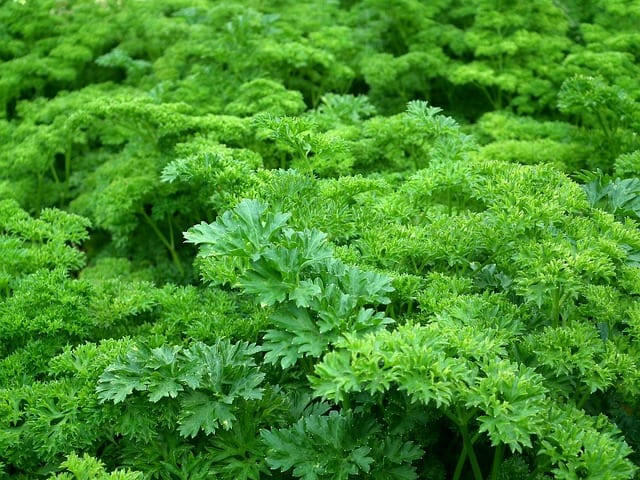
August is an excellent time to plant parsley, which flourishes in cooler temperatures ranging from 60°F to 70°F. This biennial herb can be planted in the ground or in pots, garnering a rich flavor for your cooking while also providing lush greenery for your garden.
Dill
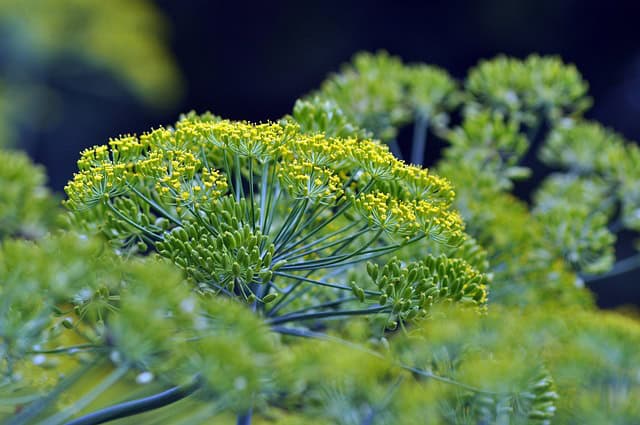
Dill is a fast-growing herb that can be seeded in early August, thriving in cooler weather conditions of around 55°F to 70°F. It requires full sun and well-drained soil to flourish. With a maturity time of 40 to 60 days, you’ll enjoy the aromatic leaves and seeds before frost.
Chives
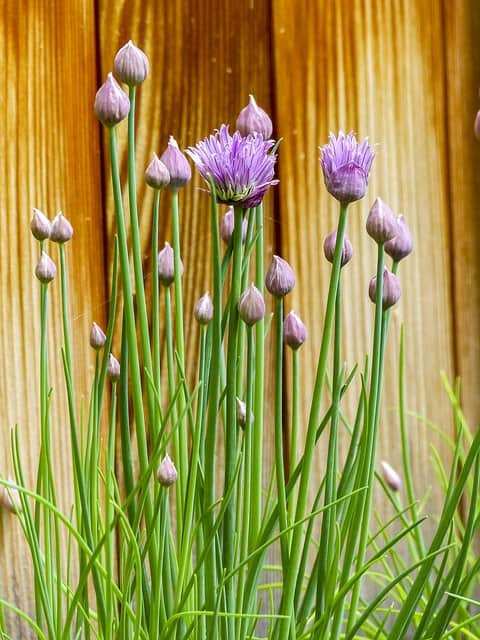
Chives are a perennial herb that can be planted in August for a late-season harvest. They prefer full sunlight and well-drained soil, requiring little care aside from regular watering. Chives tolerate light frost, allowing them to be harvested well into fall.
Oregano
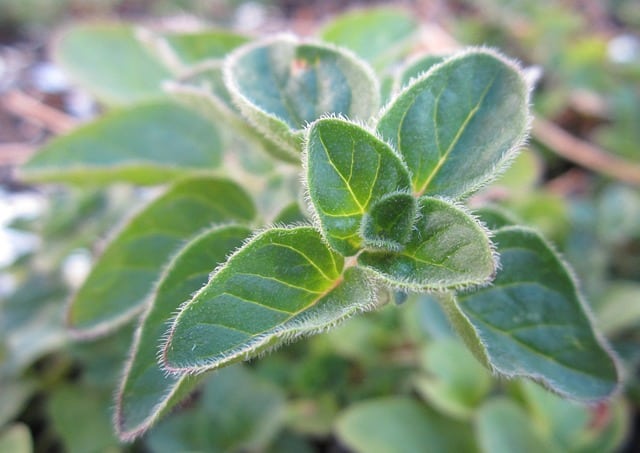
Oregano is a robust herb that can be established in Zone 6 in August. This perennial thrives in full sun and well-drained soil, showcasing a pleasant aroma during its growth. It prefers temperatures of about 60°F to 75°F, making the remaining warm days in August ideal for planting.
Thyme
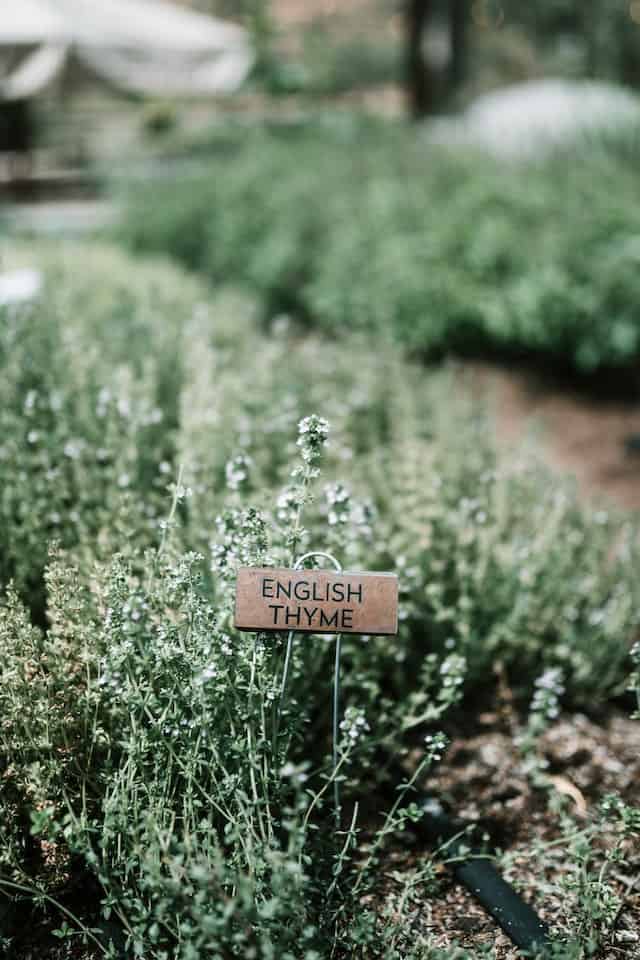
Thyme is a hardy perennial herb that can be seeded in August. It thrives in well-drained soil and full sunlight, preferring temperatures of 60°F to 75°F. This herb is drought-tolerant once established and can be harvested well into the fall season.
Sage
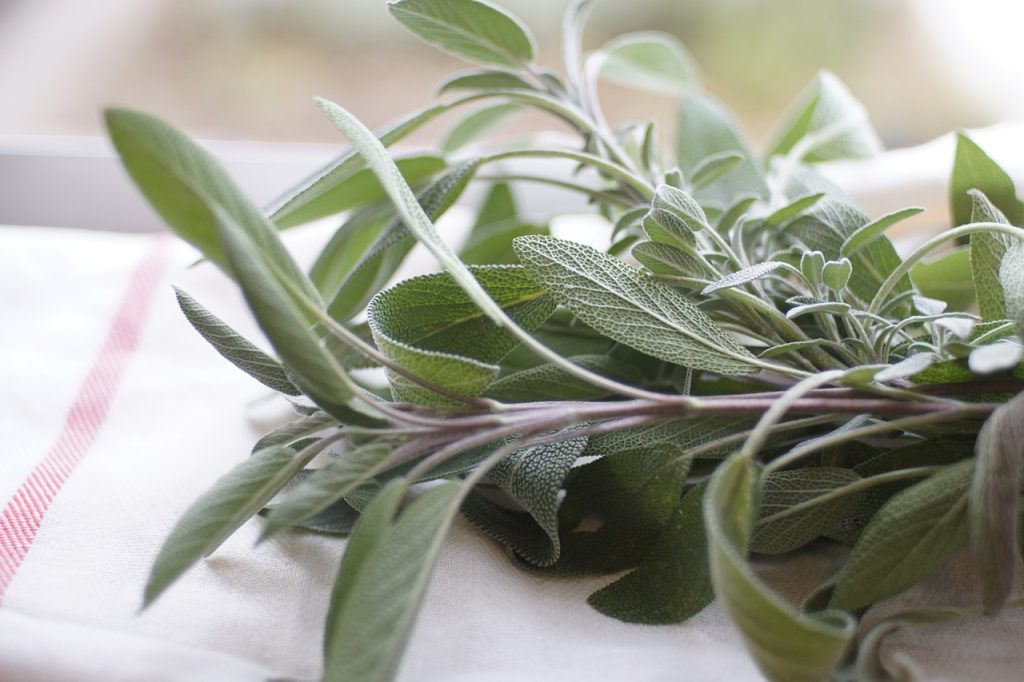
Sage can be planted in August in cooler ground conditions, preferring full sun and well-drained soil. This perennial herb can withstand colder temperatures, making it an excellent choice as summer transitions to fall.
Tarragon
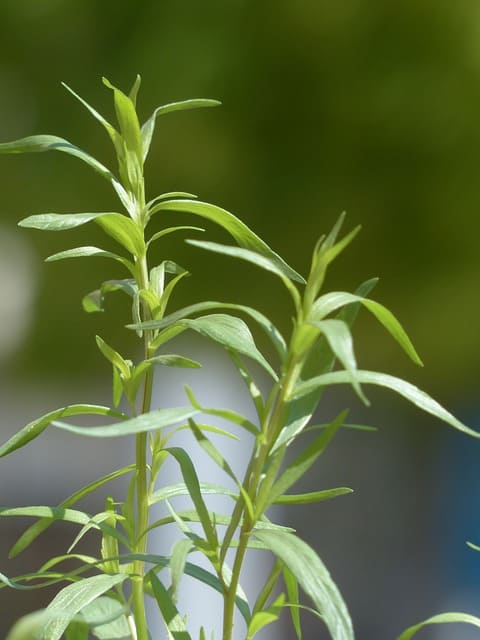
Tarragon can be easily established in August when planted in well-drained, sunny spots. Preferring conditions between 60°F and 80°F, this herb is popular for culinary uses. It’s a perennially hardy herb that, once established, offers a delightful, anise-like flavor.
Mint
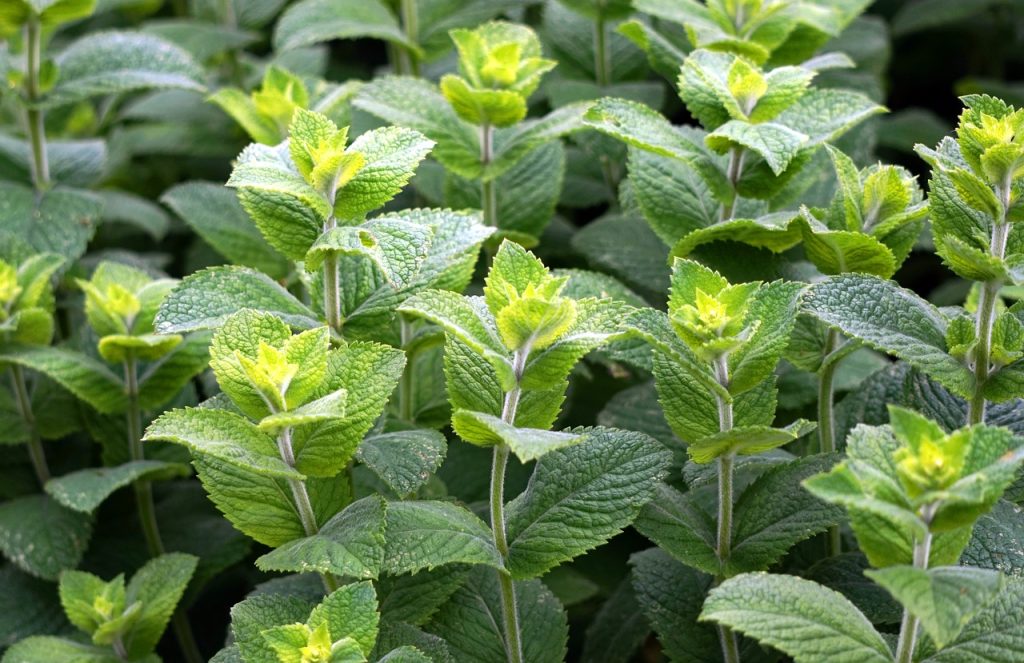
Mint is an aromatic perennial herb that can thrive in Zone 6 with proper care. It grows well in August given a sunny to partially shaded spot, usually preferring temperatures of 60°F to 75°F. Be mindful, as mint can be invasive; planting it in pots may help control its spread.
Landscape Plants To Plant In August
August is the perfect opportunity to enhance your landscaping with plants that will thrive in the cooler months. Here are ten landscape plants that can be planted in Zone 6 during this month.
Daylilies
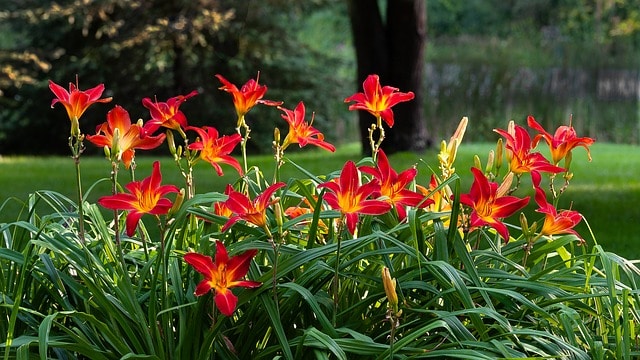
Daylilies are hardy perennials that can be planted in August. Known for their beautiful blooms, they thrive in well-drained soil with plenty of sunlight. These plants are drought-resistant and can withstand various soil conditions, making them ideal for low-maintenance landscaping.
Sedum
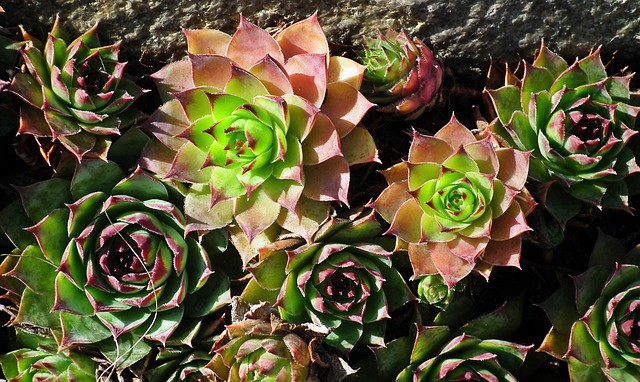
Sedum, or stonecrop, is a drought-tolerant succulent that can be established in August. Thriving in sunny locations, these plants are perfect for rock gardens or as ground cover. Sedum requires little care, and with varying heights and leaf textures, they can add unique interest to your landscape.
Ornamental Grasses
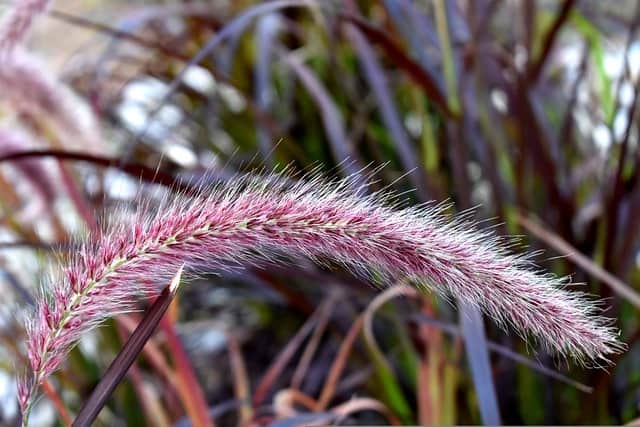
Planting ornamental grasses in August allows them to establish before cooler temperatures arrive. They prefer well-drained soils and full sunlight, with several species thriving in Zone 6. Their varying heights, colors, and textures add depth and movement to any landscape setting.
Arborvitae
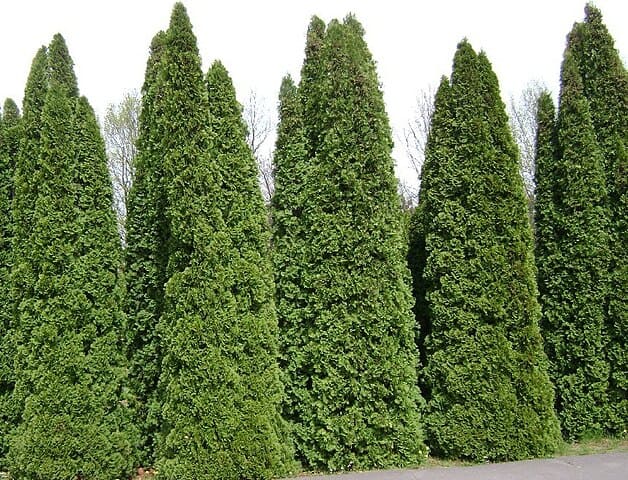
Arborvitae is a popular evergreen that can be planted in August for lasting greenery in your landscape. These trees thrive in a range of soil conditions but prefer well-drained areas. They can tolerate varying temperatures and are suitable for privacy hedges or windbreaks.
Hydrangeas
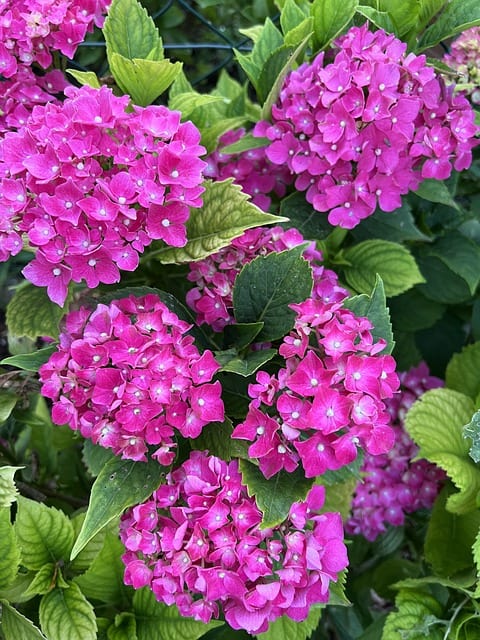
Hydrangeas can be planted in August to ensure they establish before winter sets in. These flowering shrubs thrive in partial shade and moist, well-drained soil. With many varieties available, they balloon into stunning, colorful flowers come summertime.
Lilac
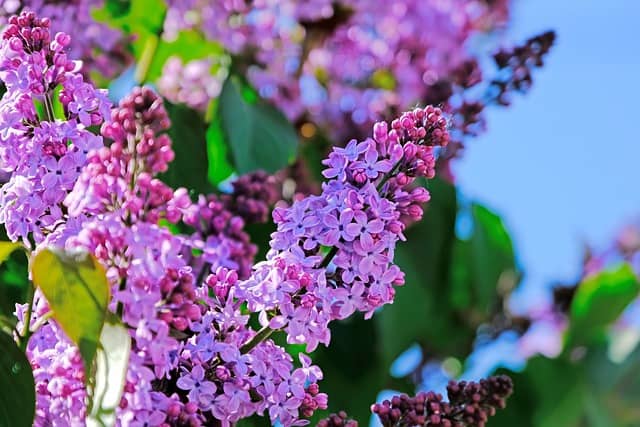
Lilacs are known for their fragrant blooms and can be planted in August. They prefer well-drained soil and full sun, flourishing in the cooler fall months. Lilacs are hardy and can tolerate temperatures down to Zone 6, making them a worthy addition to any landscape.
Coneflower
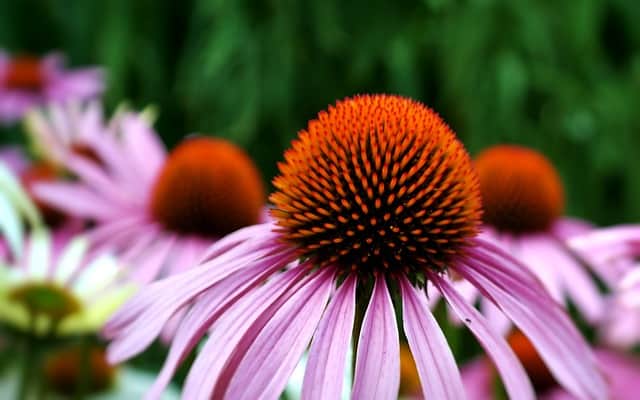
Coneflowers, or echinacea, are resilient perennials that can be planted in mid-August. They thrive in full sun and well-drained soil, withstanding a range of temperatures. These plants attract pollinators, making them perfect for a pollinator garden.
Elderberry
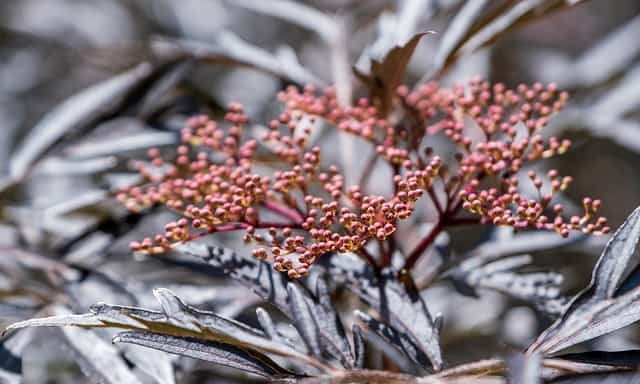
Elderberry is a native shrub that can be planted in August for its beautiful clusters of flowers and berries. It prefers moist, well-drained soils and full sun to partial shade. Elderberry bushes are easy to grow and provide food and shelter for various wildlife.
Japanese Maple
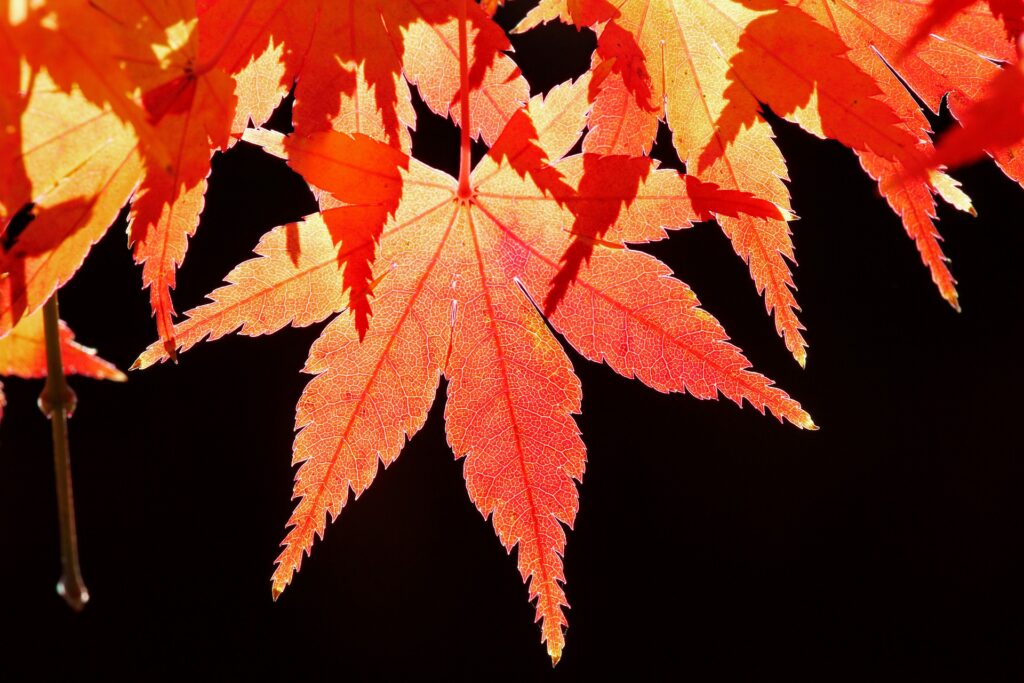
Japanese maples can be planted in August for stunning autumn foliage. They prefer well-drained soils and partial shade, allowing them to thrive in cooler climates. These trees add elegance and color to any landscape, making them a long-term investment in beauty.
Butterfly Bush
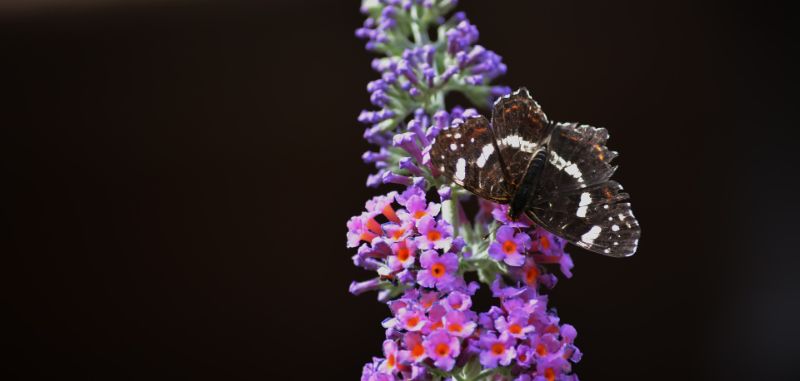
August is an excellent time to plant butterfly bush, a perennial that attracts pollinators to your garden. Preferring sunny spots, these plants bloom late in the season and thrive in well-drained soil. Their fragrant flowers and colorful profiles make them a lovely addition to any garden.


